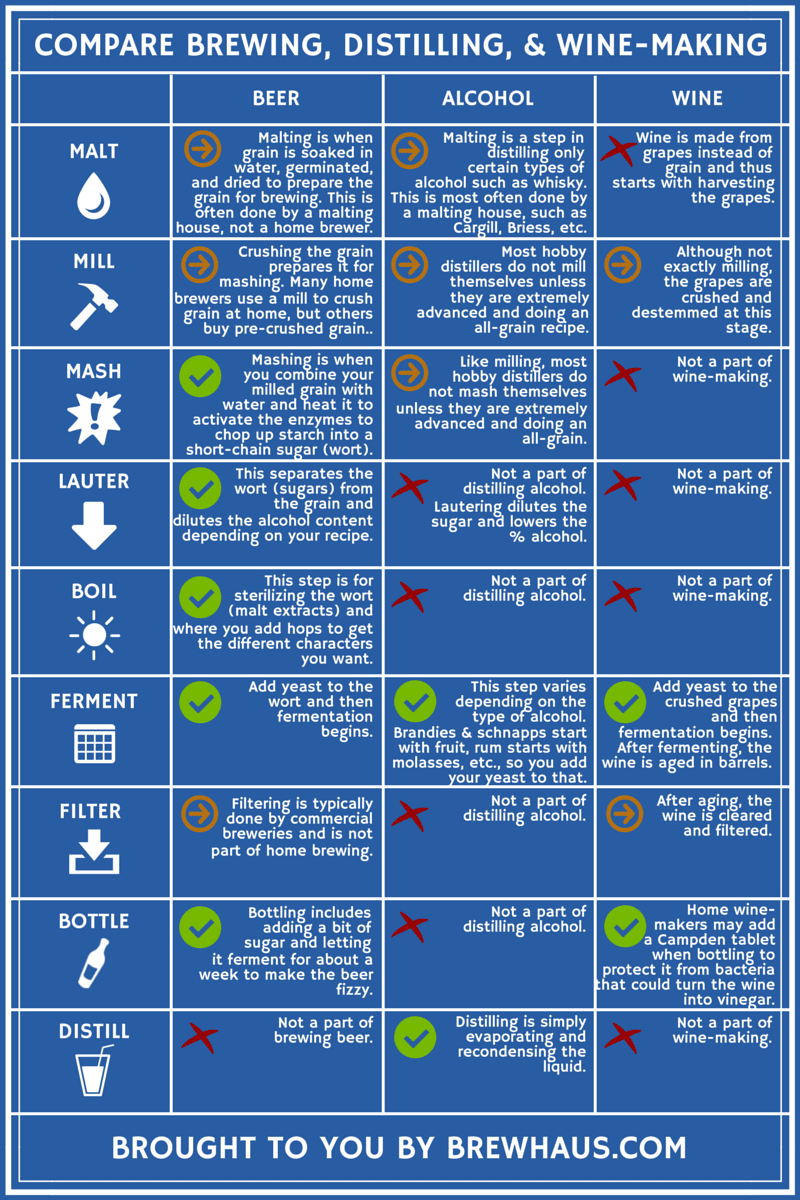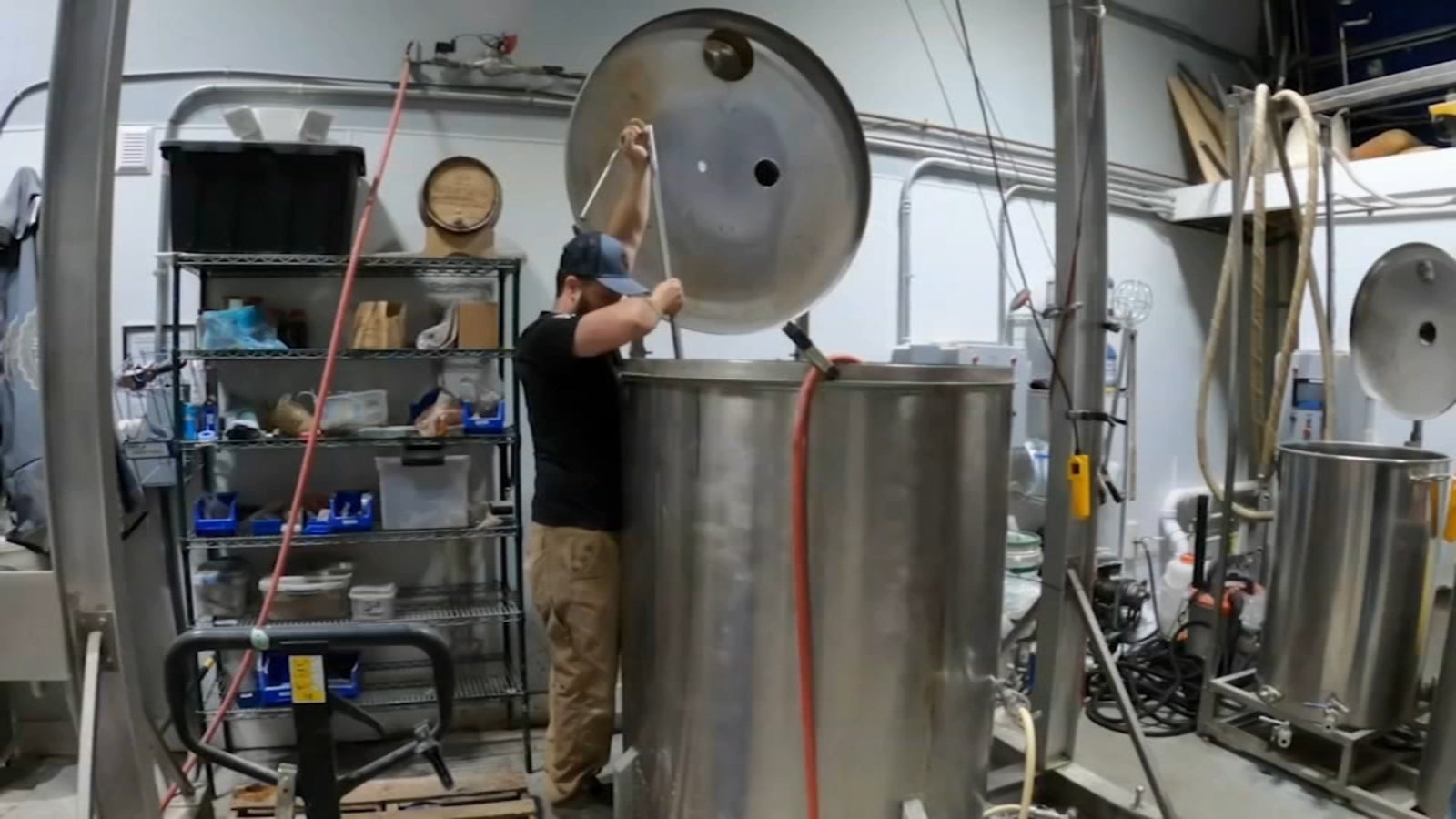Grasping the Craft of Purification: a Deep Dive Into Distillery Traditions
Exploring the elaborate art of distillation reveals a world soaked in time-honored practices that have actually formed the spirits we take pleasure in today. From the old origins of distillation techniques to the contemporary development of distillery devices, each step in the process lugs with it a rich tapestry of background and competence. As we look into the delicate balance of modern-day versus conventional distilling methods and reveal the relevance of key components, a much deeper understanding emerges of the extensive influence distillery practices carry the spirits we savor.
Beginnings of Purification Strategies
The advancement of distillation strategies has a rich history that traces back to old worlds. The idea of dividing components based on their different boiling points laid the structure for the innovative distillation procedures we have today.
The earliest evidence of distillation go back to around 3000 BC in Mesopotamia, where clay pots were used to boil down perfumes and fragrant oils. The Egyptians better advanced these techniques, using purification for medical purposes and embalming practices. The Greeks, significantly figures like Aristotle and Hippocrates, added to the theoretical understanding of purification.
Over time, distillation infect regions like India, China, and the Middle East, each society including its special touch to the craft. The evolution of purification strategies proceeded via the Middle Ages and the Renaissance, eventually causing the diverse variety of distillation procedures utilized in contemporary distilleries worldwide.
Advancement of Distillery Devices

With improvements in modern technology and a deeper understanding of the purification process, modern distilleries now utilize a range of innovative tools to generate spirits of the highest possible quality. Today, purification equipment consists of column stills, reflux stills, and hybrid stills, each made to deal with details purification demands. These contemporary stills provide better temperature level guideline, increased distillation precision, and higher performance in separating alcohol from pollutants.
In enhancement to stills, distilleries currently utilize sophisticated condensers, fermenters, and filtering systems to more fine-tune the extract. The evolution of distillery equipment continues to play a crucial duty fit the diverse range of spirits readily available in the market today.
Standard Vs. Modern Distilling Practices
On the other hand, contemporary distilling techniques utilize advanced modern technology and advancement to improve manufacturing procedures and improve uniformity. Automated systems, electronic controls, and state-of-the-art devices make it possible for contemporary distilleries to generate spirits more successfully and with greater accuracy.
While traditional distilling techniques are valued for their heritage and the one-of-a-kind tastes they produce, modern-day techniques offer advantages in regards to scalability, quality control, and sustainability. By including scientific innovations and modern engineering, distillers can enhance manufacturing, lower waste, and fulfill the needs of today's market much more properly. Eventually, the selection in between contemporary and standard distilling techniques frequently depends upon the distillery's goals, worths, and target audience.
Secret Ingredients in Purification Process
Within the craft of distillation, the selection of essential ingredients plays a vital function in figuring out the taste profile and top quality of the spirits created. The main ingredients made use of in the purification process are commonly water, yeast, and a fermentable resource such as grains, fruits, or sugarcane.
Water is a basic component Clicking Here as it not only waters down the alcohol web content to a palatable degree however also impacts the overall mouthfeel and texture of the spirit. The quality and mineral material of the water you could try this out used can dramatically influence the end product.
Yeast is one more crucial component that converts the sugars existing in the fermentable resource right into alcohol through the procedure of fermentation. Different stress of yeast can produce differing tastes and scents, contributing to the distinct attributes of the spirit.

Influence of Distillery Traditions on Spirits
The influence of historical distillery practices on spirits extends past the option of vital active ingredients, forming the really essence and character of the last distilled products (Galveston Liquor). These customs, gave with generations, play an essential function in specifying the unique taste accounts and top qualities that distinguish one spirit from an additional
Distillery traditions include a wide array of methods, from the specific methods made use of in distillation to the option of aging processes used. For example, using standard copper pot stills in whiskey production is believed to give specific tastes and attributes that are extremely valued by aficionados. In a similar way, the aging of spirits in oak barrels, a technique deeply rooted in distilling practices, adds to the advancement of helpful site intricate scents and tastes gradually.

Conclusion
From the origins of distillation techniques to the contemporary methods, the influence of distillery practices on spirits is indisputable. Distillery customs play a crucial duty in forming the spirits sector and protecting the heritage of purification methods.
Throughout the history of distillation, the equipment used in distilleries has actually undertaken substantial evolution to enhance efficiency and quality of the distillation process.With innovations in modern technology and a much deeper understanding of the distillation process, modern distilleries currently use a range of advanced equipment to produce spirits of the highest high quality. Today, distillation devices includes column stills, reflux stills, and crossbreed stills, each made to provide to certain distillation requirements. From the origins of distillation strategies to the modern-day methods, the impact of distillery practices on spirits is indisputable. Distillery traditions play an essential function in forming the spirits market and preserving the heritage of purification methods.
Comments on “Breweries in Galveston Texas: Regional Craft Beer Adventures”